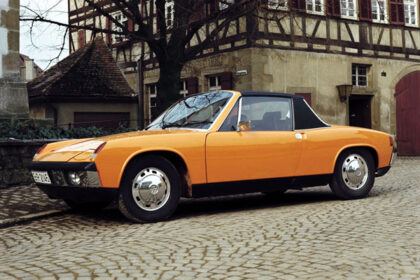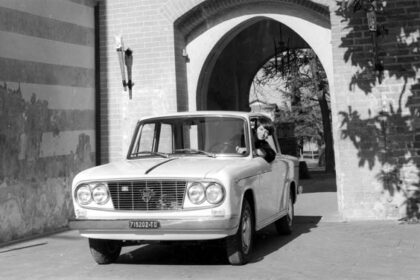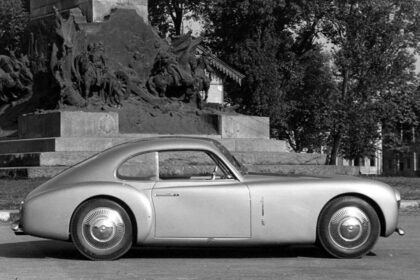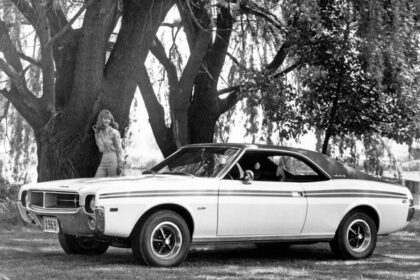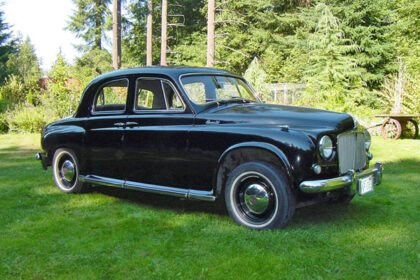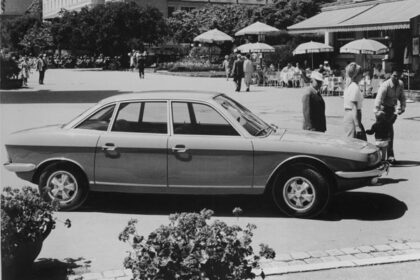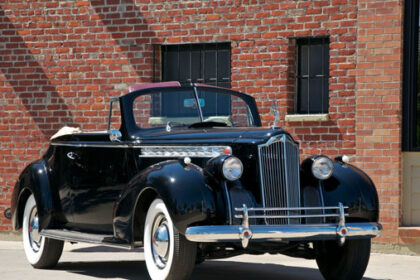RENAULT 4CV
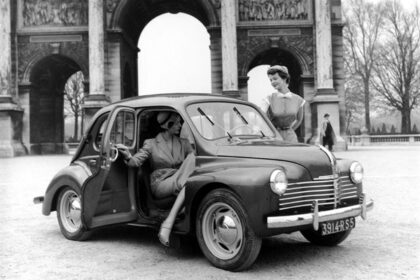
Through many trials and tribulation, Louis Renault became the leading French car manufacturer, triumphing over Andre Citroen during the 1920s. As early as 1900, Renaults had adopted a sloping coal scuttle bonnet which became a distinguishing mark of the company’s products. The engines ranged from a 1.1-litre two-cylinder through a quartet of fours of 2.1 to 7.4 litres, followed in 1908 by a 9.5-litre six. Except for the taxi-orientated twins, the emphasis was on prestige until World War I. Following that war, Renault offered three updated fours, accounting for most… Read more




